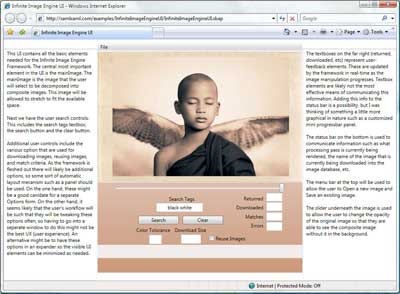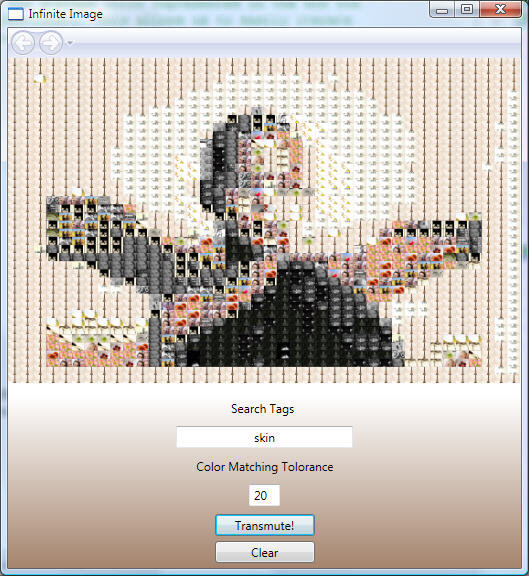 Some of you may know me from my blog over at mgemmons.com. While I will still be using that space for general topics I find of interest to me and an occasional rant, xamlxaml will be focused specifically on the Microsoft .NET 3.0 Windows Presentation Foundation and XAML.
Some of you may know me from my blog over at mgemmons.com. While I will still be using that space for general topics I find of interest to me and an occasional rant, xamlxaml will be focused specifically on the Microsoft .NET 3.0 Windows Presentation Foundation and XAML.
Why the move toward blogging about a specific technology? I believe WPF represents a great stride forward for software developers and architects. Our mantra has always been, “Extract the UI from the business logic, extract the UI from the business logic…” Unfortunately, while we may be much better off than we were 10 years ago, we’ve never really come close to that ideal…until WPF.
Think about it-developers generally aren’t good at creating effective user interfaces and designers generally aren’t good at coding functionality. So, in a perfect world we would have graphics designers design our user-interfaces and developers design the functionality behind that interface. We come nowhere close to that today. Oh, once in a while we may work closely with graphics designers to try to create an interface for our application, but what that really involves is the designer creating a mach-up in Illustrator or other graphics package, sending us a screenshot of that mach-up and us trying to implement it as best we can. To acerbate the situation, there isn’t a whole lot of “design” that can be developed into an application. Sure, we can change the color scheme, fonts, and how our controls are laid out…these are all important considerations in creating an effective application, but one windows application looks pretty much like every other because we have little choice about how control are rendered-how they look, how they interact with each other and the data they are associated with.
With WPF, for the first time there is the opportunity for real effective communication between the designer and the developer. A designer can create a user interface in their native tools such as Illustrator, export that to XAML and have the developer hook up the logic for the interface. Not just a mach-up for the interface, the actual interface the designer created. This is the great draw WPF has for me. To be able to integrate good design with good development can only make our applications better.
This space will be an exploration of just how we can make our applications better using WPF. I’ll pass along my ideas, insights, and plenty of WPF examples. Come along on this ride with me and let’s see what we shall see.
Michael G. Emmons
![]() . To get some info on the elements that make up the interface and ideas to get you started you can view the XBAP of the interface. The source code for the interface can also be downloaded. Comments and/or questions are welcomed. Just drop a note here or email me directly at xamlXaml.com : mgemmons.
. To get some info on the elements that make up the interface and ideas to get you started you can view the XBAP of the interface. The source code for the interface can also be downloaded. Comments and/or questions are welcomed. Just drop a note here or email me directly at xamlXaml.com : mgemmons.


 Some of you may know me from my blog over at mgemmons.com. While I will still be using that space for general topics I find of interest to me and an occasional rant, xamlxaml will be focused specifically on the Microsoft .NET 3.0 Windows Presentation Foundation and XAML.
Some of you may know me from my blog over at mgemmons.com. While I will still be using that space for general topics I find of interest to me and an occasional rant, xamlxaml will be focused specifically on the Microsoft .NET 3.0 Windows Presentation Foundation and XAML.